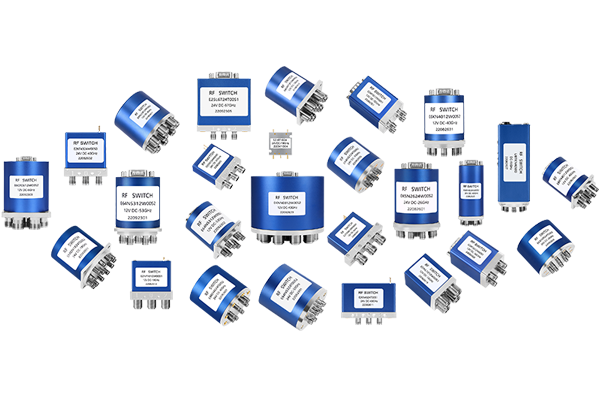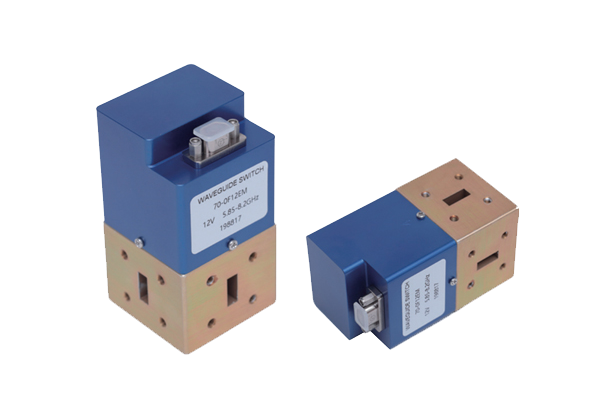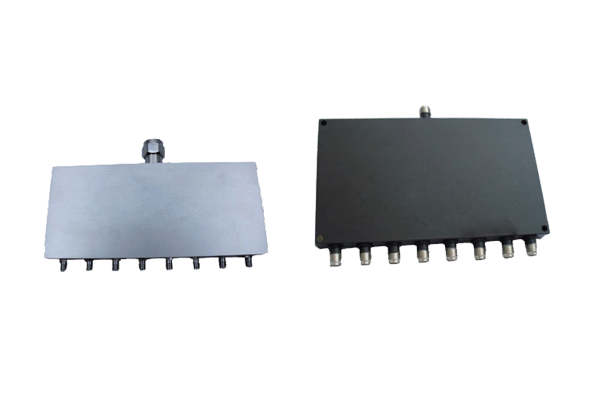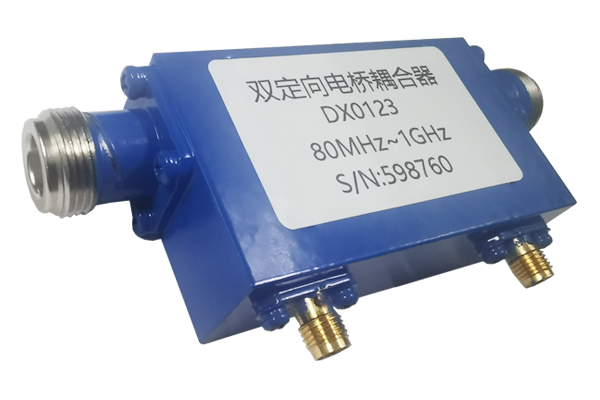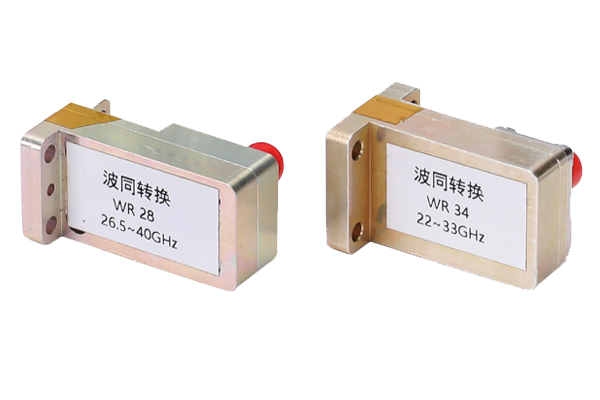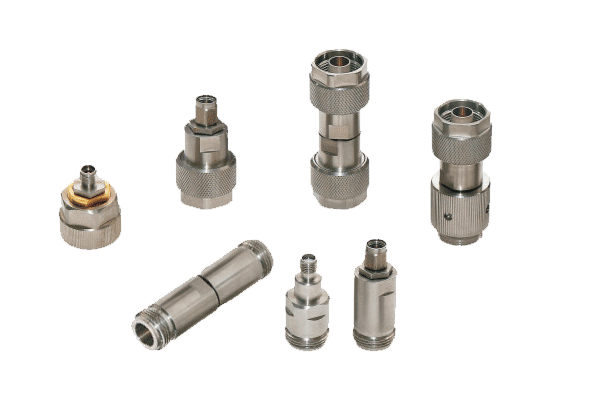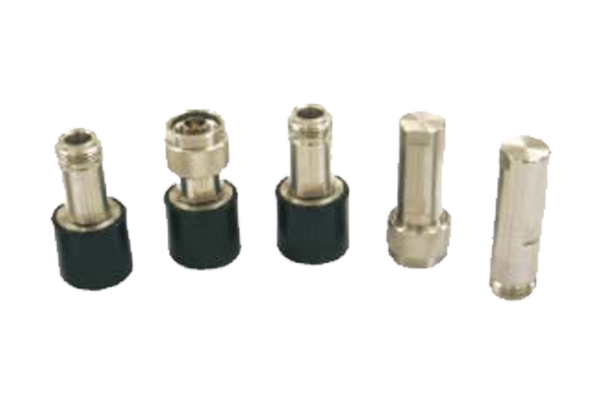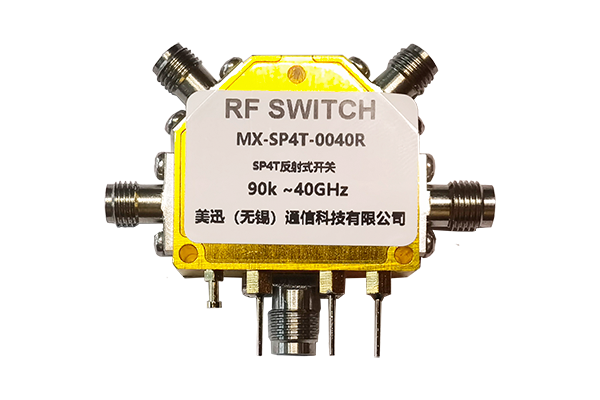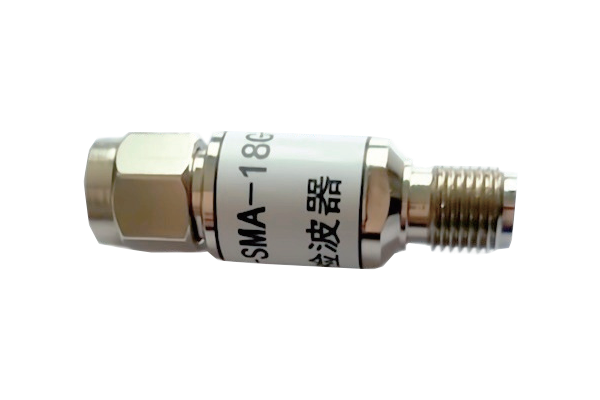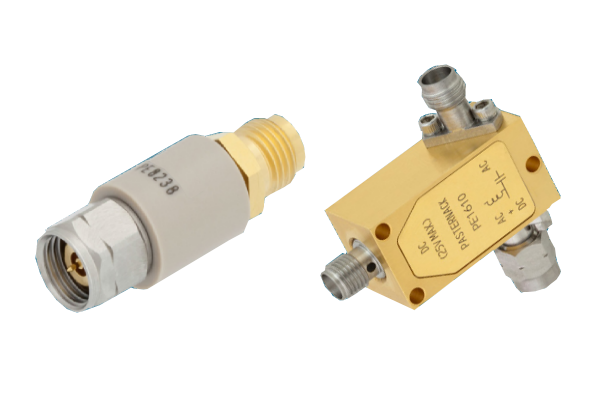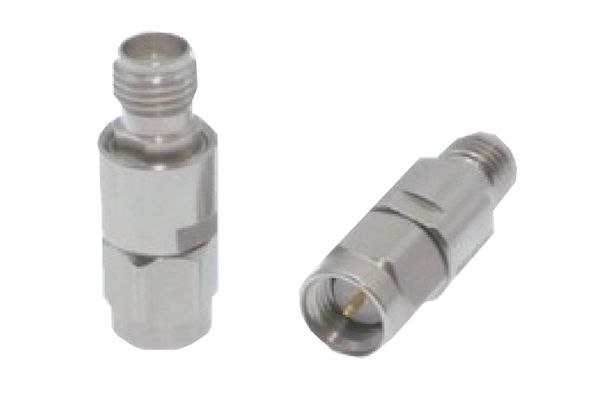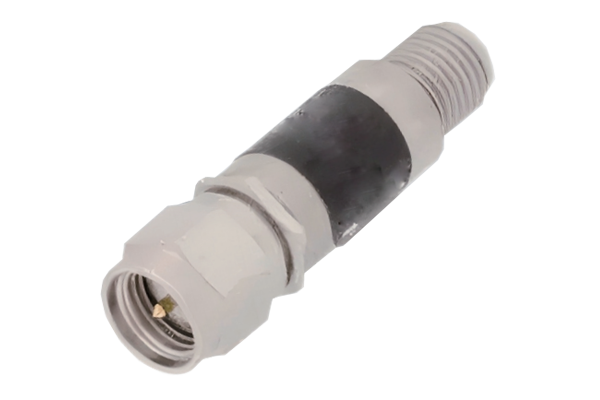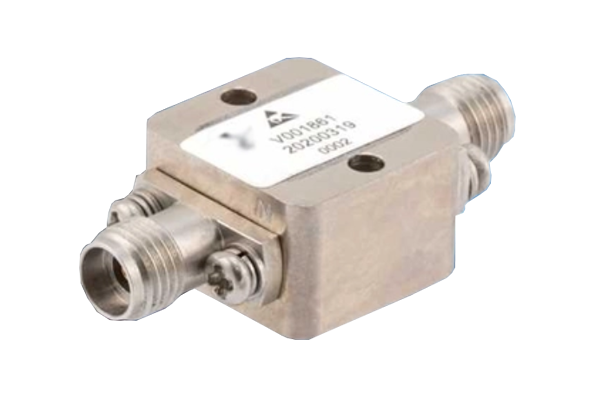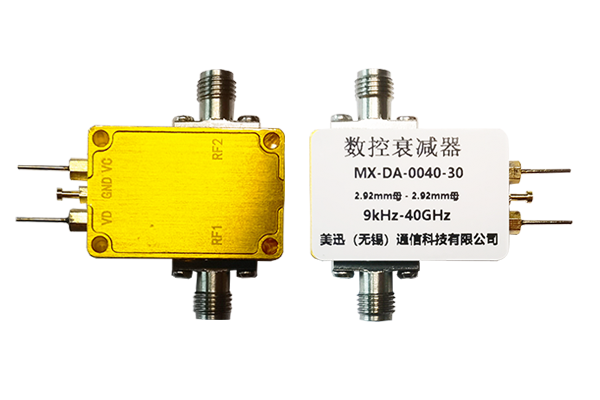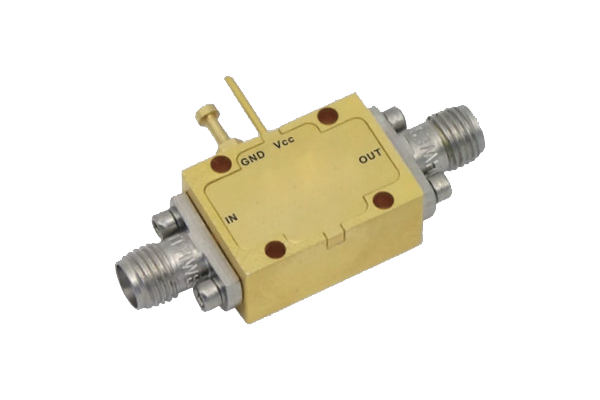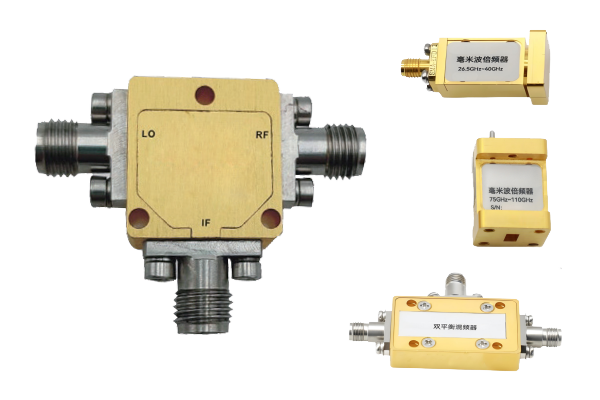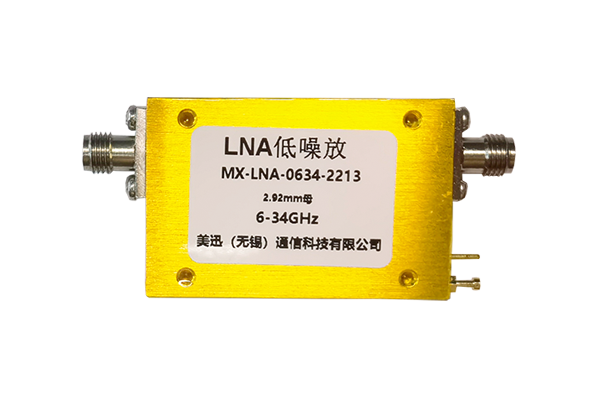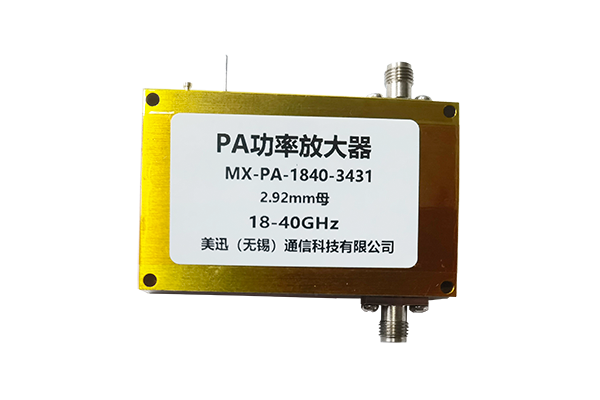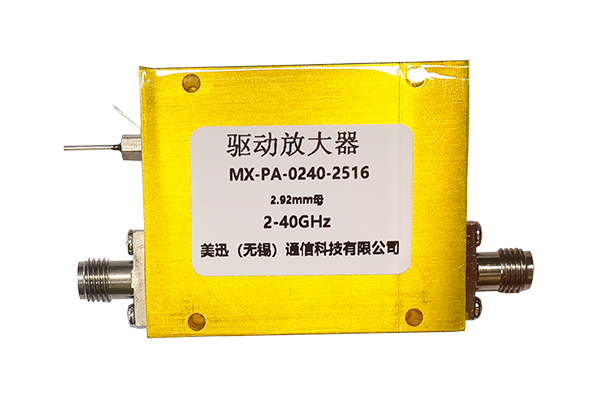The power - handling capacity of coaxial switches varies widely depending on several factors such as their design, construction materials, frequency range, and duty cycle.
Generally, some low - power coaxial switches are designed to handle continuous - wave (CW) power levels of a few watts or less. For example, in some applications where the signal power is relatively low, such as in certain test and measurement equipment or low - power communication systems, coaxial switches may only need to handle 1 - 2 watts of power1.
On the other hand, high - power coaxial switches can handle much higher power levels. There are coaxial switches available that can handle peak powers ranging from 1 - 2 kW to 10 kW or more in pulsed signal applications1. For instance, in some radar systems or high - power broadcasting applications, high - power coaxial switches are required to handle these large power levels. There are even special - purpose solid - state coaxial switches that have been tested to 100 kW peak power3.
It's important to note that as the operating frequency increases, the power - handling capacity of coaxial switches usually diminishes1. This is due to the skin effect, where higher - frequency energy propagates more on the surface of the RF conductor, presenting additional heat dissipation challenges. Additionally, higher - frequency coaxial structures are more delicate and can handle less RF power than low - frequency ones. Therefore, when selecting a coaxial switch, it's crucial to consider the specific power requirements of the application, along with the operating frequency and other relevant factors, to ensure the switch can handle the power levels without degradation or damage




